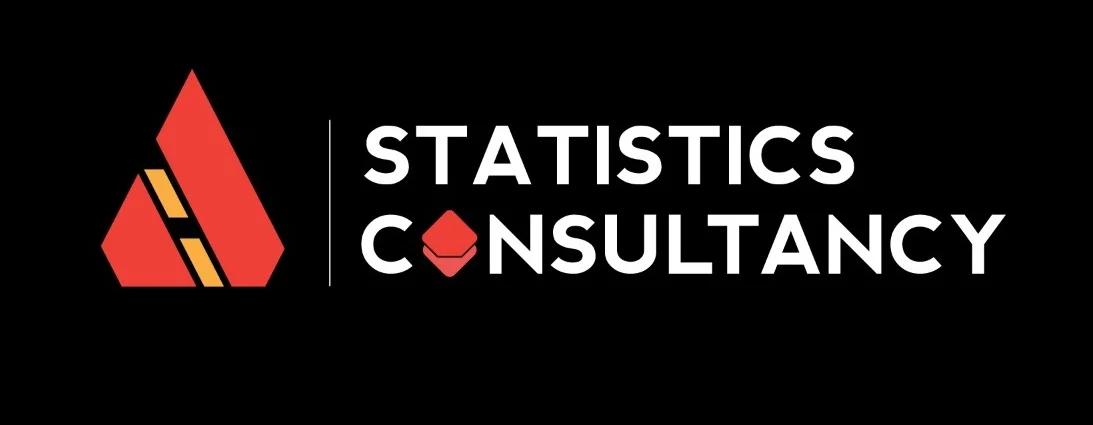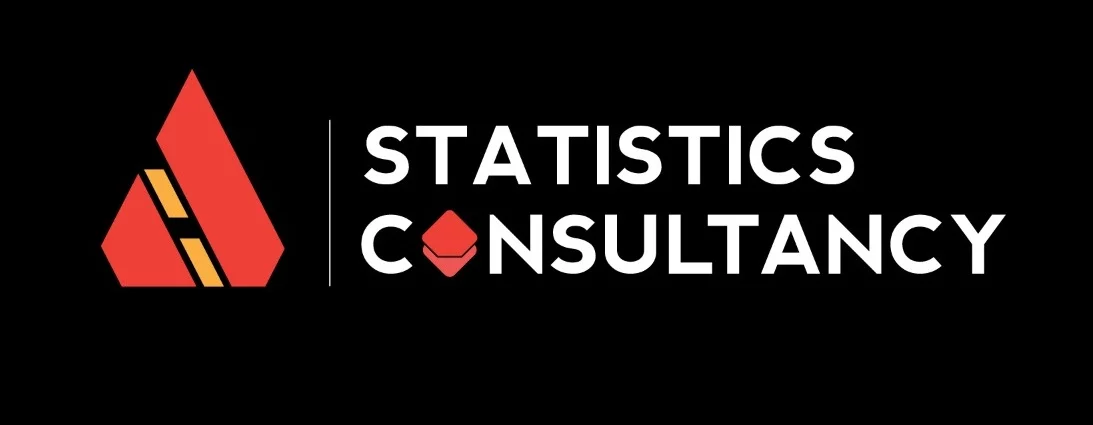
Introduction:
Refresh your familiarity with basic yet crucial data analysis tools to shift from abstract figures to measurable achievements.
In the contemporary digital age, we are constantly bombarded with vast amounts of information, which can be quite overwhelming. Executives and leaders at the forefront have to make critical decisions on a daily basis. The key lies in navigating through this overwhelming data to aid management’s decision-making process. The main objective is to organize, interpret, and present the findings effectively. To accomplish this goal, employing tools or methods for statistical data analysis proves to be invaluable.
While contemporary buzzwords like big data, Hadoop, and AI dominate discussions, it’s crucial not to underestimate the potential of deploying basic tools to their fullest capacity—an aspect often overlooked by many companies. To enhance your data analysis program, focus on mastering the following five fundamental techniques.
Take a closer look at these seemingly mundane statistical methods; nevertheless, they play a vital role in your data analysis endeavors.
Techniques
Hypothesis Testing:
Merits:
- Hypothesis tests are widely applied in various fields like science, research, economics, and more.
- Commonly referred to as t-testing, hypothesis testing aims to determine whether a particular assumption holds true for a given dataset or population.
- A statistically significant result from a hypothesis test indicates that the observed outcomes are unlikely to occur purely by chance.
Demerits:
- To maintain the test’s rigor, it is essential to avoid common errors.
- One such error is the placebo influence, where research participants mistakenly anticipate a particular outcome and subsequently perceive or achieve that result in reality.
- Another error to be mindful of is the observer effect, also known as the Hawthorne effect, where participants alter their behavior because they are aware of being under study.
Mean:
Merits:
- The mean, also known as “the average,” is the sum of a set of numbers divided by the total number of items in the set.
- It helps determine the overall trend of a data set and provides a quick overview of the data.
- One of its significant advantages is its simplicity and ease of use.
Demerits:
- Relying solely on the mean without considering other statistical measures can be risky.
- In some data sets, the mean is closely related to the mode and median, which are two other measures associated with the mean.
- Moreover, when dealing with a high number of outliers or a skewed distribution, the mean might not accurately represent the data, leading to potentially misleading decisions.
Standard Deviation (SD):
Merits:
- The standard deviation measures the spread of data points around the mean.
- A higher standard deviation indicates that data is more spread out from the mean, while a lower standard deviation implies that data points are closer to the mean.
- It is a valuable tool in a statistician’s toolkit as it quickly assesses the dispersion of data.
Demerits:
- As with the mean, relying solely on the standard deviation can be misleading.
- It is essential to consider other statistical measures as well.
- For instance, when dealing with non-normal distributions or a large number of outliers, the standard deviation may not provide accurate insights.
Regression:
Merits:
- Regression analysis is a statistical technique used to identify trends over time.
- It explores the relationships between dependent and explanatory variables, often represented on a scatter plot with a trend line indicating the strength of the associations.
- Regression is widely taught in universities and high schools as a fundamental statistical tool.
Demerits:
- Regression analysis has its limitations.
- It may not provide a detailed view of the data.
- Additionally, the regression line can be significantly impacted by outliers in a scatter plot, and in some cases, these outliers hold crucial information that analysts might overlook due to the nature of the regression line.
- Anscombe’s Quartet is an example where drastically different data sets exhibit identical regression lines.
Sample Sizing:
Merits:
- Sampling is an efficient way to measure large data sets, such as employee counts or census data, without gathering information from every individual in the population.
- Determining an appropriate sample size ensures statistical accuracy.
- We utilize proportion and standard deviation methods to ensure the data collection accurately represents the population.
Demerits:
- Sample sizing relies on certain assumptions when studying new and untested variables in a population.
- If these assumptions are incorrect, they can introduce errors in the sample size estimation and subsequently affect the remaining statistical data analysis, leading to potentially flawed conclusions.
Leveraging Foundational Techniques for Statistical Data Analysis
Statisticians in the field of Statistical Consultancy strongly advocate for firms to fully leverage simple tools while being mindful of their limitations. Foundational techniques in statistical data analysis serve as the groundwork for more advanced and potent methods. Embracing these simple techniques brings significant advantages, unlocking a plethora of untapped benefits.
Introduction to Statistics Consultancy: Comprehensive Support Worldwide
Statistics Consultancy, a pioneering statistical consulting company, offers comprehensive support to academic institutions, educational establishments, and non-government organizations worldwide. Our services cover the entire spectrum of statistical assistance, from formulating hypothetical frameworks to delivering engaging PowerPoint presentations. Our paramount goal is to provide clients with prompt, reliable, and easily understandable information about data analysis.
Highly Qualified Team with Expertise in Diverse Statistical Tools
Our team consists of highly qualified individuals with doctoral degrees and a mandatory minimum of 2 years’ experience in the research field. They possess extensive expertise in handling a wide range of statistical tools, including exploratory data analysis, probability distribution, estimation, hypothesis testing, linear regression and correlation, multiple regression, time series analysis, quality and productivity assessment, experimental design, analysis of variance, non-parametric methods, Bayesian decision making, factor analysis, MANOVA, and discriminate analysis.
At Statistics Consultancy, our team excels in critical and analytical thinking, problem-solving, data analysis (drawing meaningful conclusions), effective communication and presentation, and decision-making skills. While we value spreadsheet proficiency, our core emphasis lies on decision-making capabilities.
Customer satisfaction remains our key mantra, driving our customer-oriented approach. We prioritize delivering on-time and reliable services while staying within your budgetary limits.

